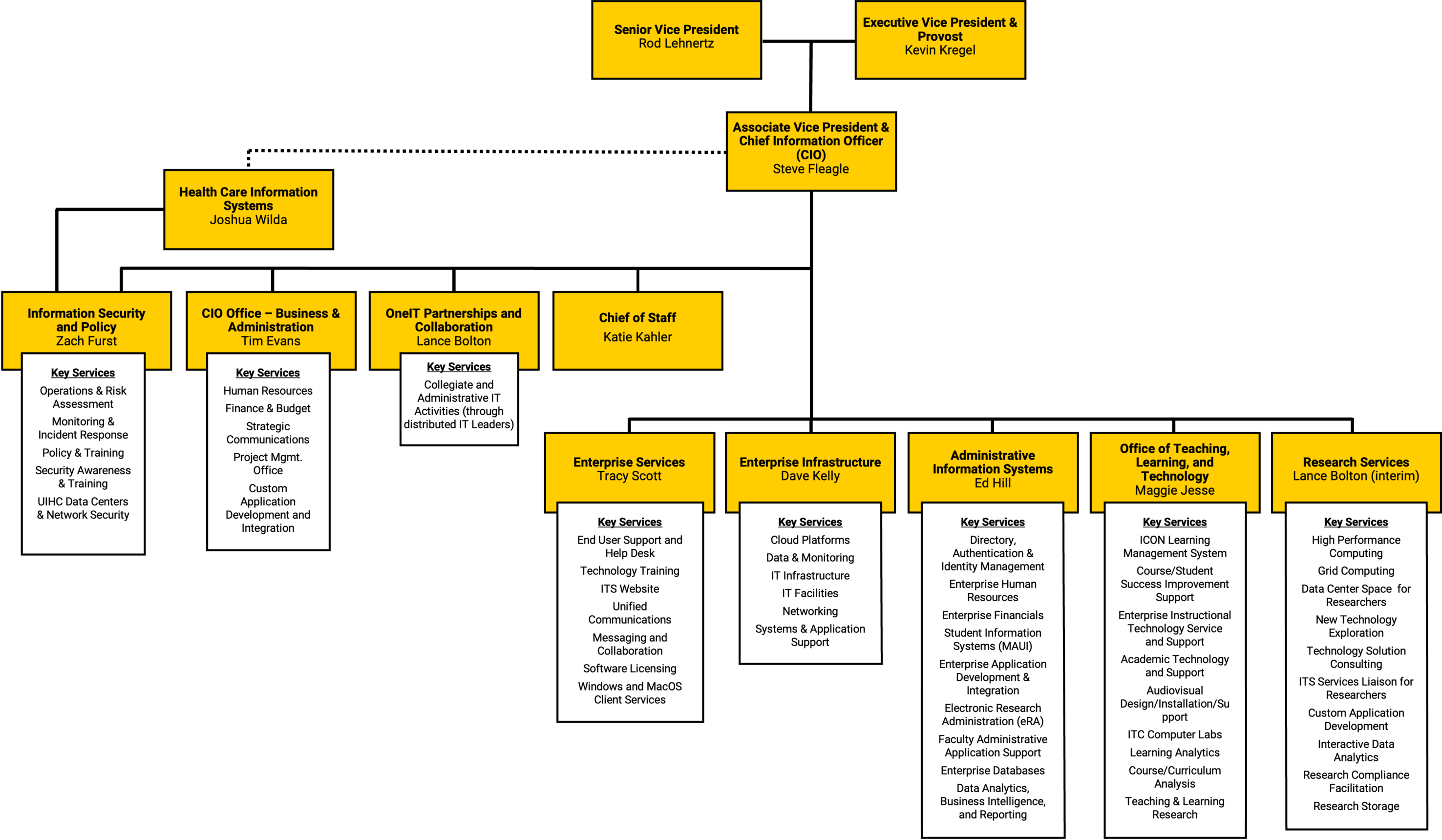About Information Technology Services
As the central IT organization, ITS is composed of seven key departments, each with distinct responsibilities and services.

OneIT Thank You Program
Recognize a OneIT employee who has done great work or exhibited a high level of customer service. Recognition is acknowledged with a thank you note sent to the employee and their supervisor on behalf of the nominator.